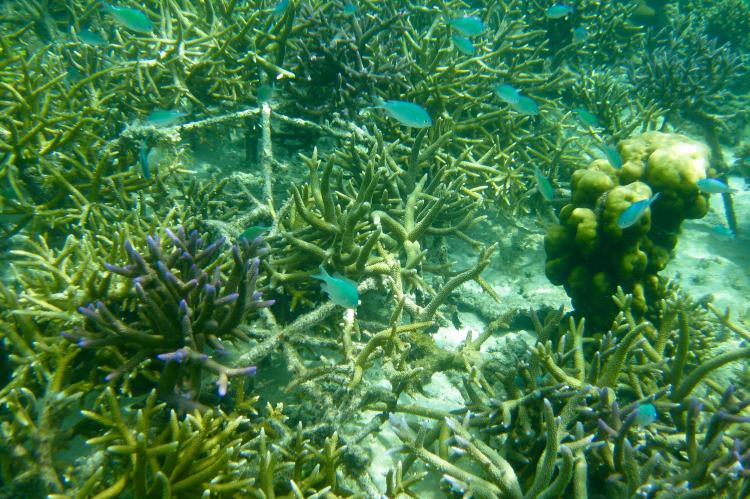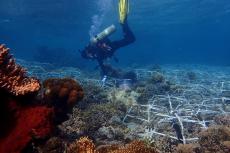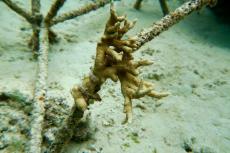Researchers use "spiders" in coral restoration
Attaching corals to spider-like hexagonal structures turns out to be an inexpensive method of coral rehabilitation, according to a study by University of California, Davis.
In Indonesia’s Coral Triangle, coral diversity is threatened by pollution, overfishing and climate change. Researchers from the University of California, Davis have found a way to rehabilitate the coral reefs using an inexpensive method.
Working in partnership with Mars Symbioscience, they installed 11,000 small, hexagonal structures called “spiders” across five acres of reef within the Coral Triangle. Between 2013 and 2015, coral fragments were attached to these structures, which stablised rubble and allowed water to flow through freely. The cost of the structures was around $25 per square metre.
Subsequently, the live coral cover on the structures increased from 10 percent to more than 60 percent. What was more surprising was that during the coral bleaching between 2014 and 2016 that devastated other parts of the world, the bleaching within the restoration area during that time was less than five percent.
“Coral reef rehabilitation and restoration efforts are rapidly increasing around the world, but there are few large-scale examples of successful projects,” said corresponding author Christine Sur, who was a UC Davis graduate student at the time of the study.
“Our study demonstrates a cost-effective, scalable method that can inform other coral reef restoration efforts aimed at reducing the global decline of these valuable and unique ecosystems,” she added.
The findings of the study has been published in the journal Restoration Ecology.





